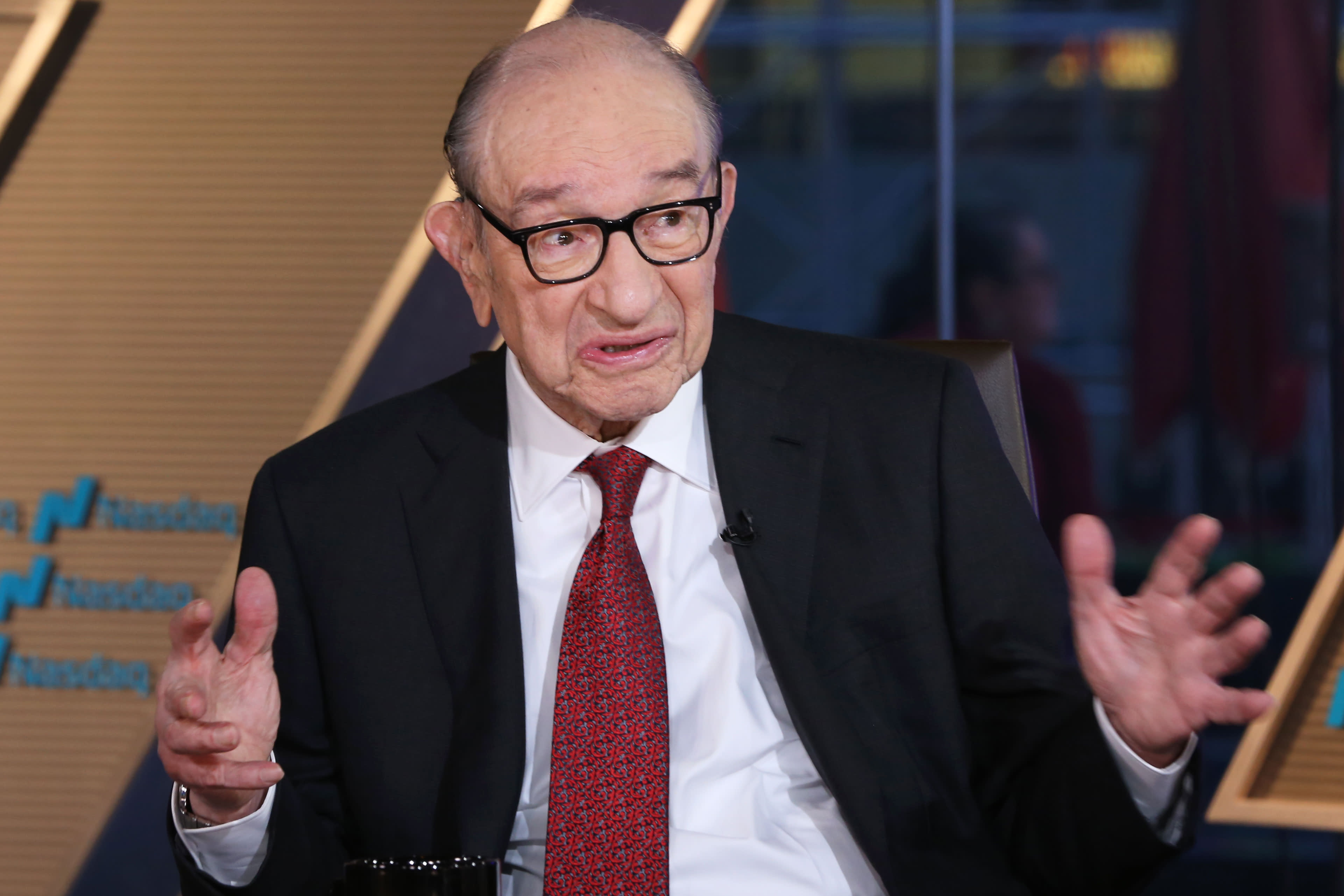EDITOR'S NOTE
The stock market's record highs, achieved step by painstaking step over the past decade, are in large part the result of the Federal Reserve and other central banks.
Following the 2008 financial crisis, the Fed lowered interest rates and purchased trillions of dollars in bonds and Treasurys to inject liquidity into the financial system, writes CNBC's Jeff Cox.
"It was the decade of the central bank," said Quincy Krosby, chief market strategist at Prudential Financial. And as the Fed expanded its balance sheet by purchasing these debt securities, the money found its way into the stock market and the S&P soared.

As we approach 2020, the Fed continues to keep interest rates low and to put money into the banking system. Stocks inched to new records again on Tuesday.
The Fed's policies have made it easier for the U.S. government to borrow. Deficit spending is on track to top $1 trillion this year, and the national debt has climbed past a once-unthinkable $23 trillion.
It's hasn't happened yet, but former Fed chairman Alan Greenspan said Tuesday on CNBC's "Squawk on the Street" that such budget deficits court inflation.
"Right now, there's no real inflation at play," he said. "But if we go further than we are currently, inflation is inevitably going to rise."
Subscribe to CNBC PRO for exclusive insights and analysis, and live business day programming from around the world.
TOP NEWS
TOP VIDEO
CNBC PRO
SPECIAL REPORTS
| |||||||||||||||||||||||||||||||||||||||||||||||||||||||||||||||||||||||||||||||||||||||||||||||||||||||||||||||||||||||||||||||||||||||||||||||||||||||||||||||||||||||||||||||||||
Selasa, 17 Desember 2019
Stocks on a winning streak | How much will Boeing burn on 737 Max? | The central bank decade
Langganan:
Posting Komentar (Atom)




Tidak ada komentar:
Posting Komentar